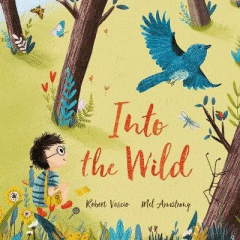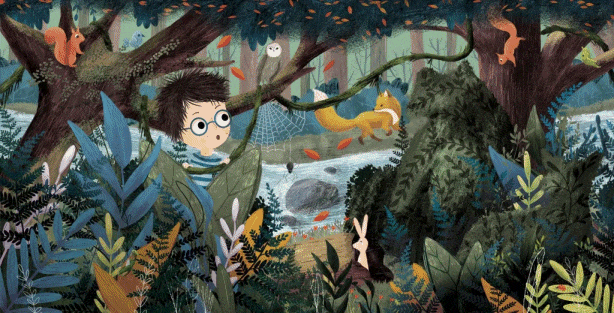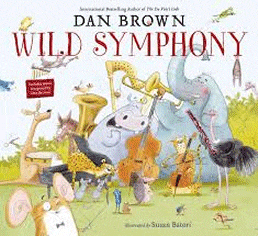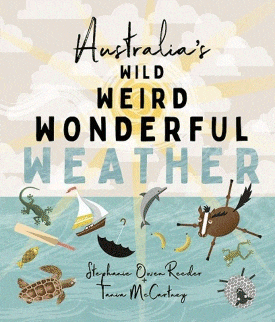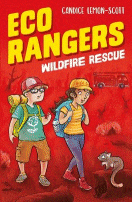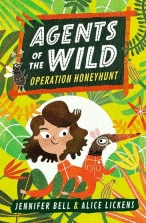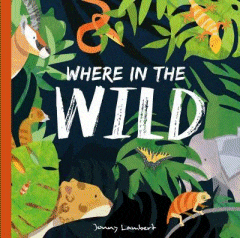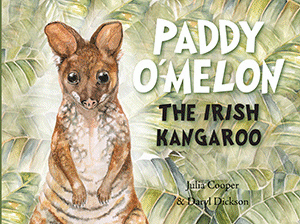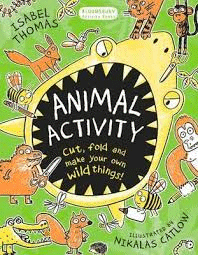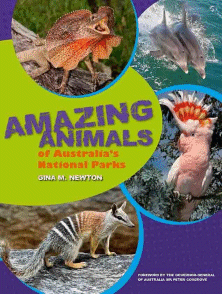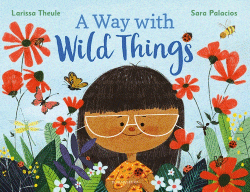
A Way with Wild Things
A Way with Wild Things
Larissa Theule
Sara Palacios
Bloomsbury, 2021
32pp., pbk., RRP $A14.99
9781526628565
Poppy Ann Fields liked bugs. In fact she liked them much more than she liked people and she much preferred letting the ants march over her or watching the spider spin her web than mixing with humans. At any social occasion she kept in the background, often dressed in patterns that allowed her to blend in with the background so she could scarcely be seen. Even when Grandma Phyllis turned 100 and all the family and friends were there to celebrate , she stayed well out of the limelight until a dragonfly landed on the top of the birthday cake, its wings shimmering in the light of the candles. Then she found her voice, one she didn’t know she had and her life changed…
When I read this story it reminded me so much of a friend’s granddaughter who lost her mum at a very early age and who was so much more at home in the world of wildlife than people. For a little one she was like a mini David Attenborough (her hero) and knew so much more about the natural world than any of us adults who were “loud” and “scary” and “not nearly as nice” as the Goliath stick insect who was her particular pet. (We don’t need to mention Frankie the snake who travelled entwined in her ponytail.)
So even though we don’t necessarily see them, (and young readers will have fun trying to spot Poppy in the illustrations) there are lots of Poppies and Ks in the world, children for whom the limelight and the spotlight are too bright and who are often overlooked or even unseen. But regardless of how shy they might be, sometimes it is nice to be acknowledged and while we shouldn’t be looking for ways to make them the focus, if we can defer to their special knowledge or interest (of any subject) in authentic ways, that can sometimes give them that warm glow that tells them we know they are there and we respect who they are and what they know. Perhaps they, like Poppy, will also gain enough confidence to bloom like a wildflower, rather than always blending in with the background. At the very least, sharing this story with younger readers will let them know that we know they are there – they are not invisible because someone has seen them and cares enough to have written a story about them.
